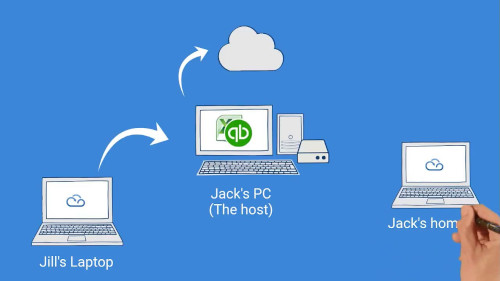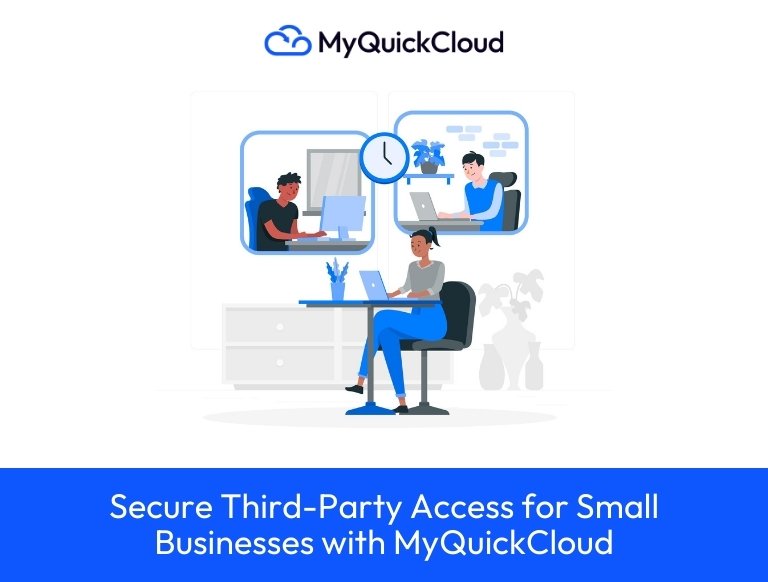Remote work is no longer a perk to employees but a necessity thanks to the ongoing coronavirus crisis. While almost a quarter of the US workforce worked remotely, the new normal is a unique experience for many employees and managers.
With a decentralized workforce, managers are questioning, “How engaged are these people you rarely see?” Engagement is the key to a productive and loyal workforce, and for business continuity, companies have to keep their employees engaged.
Simon Sinek has written a book, “Start with Why,” where he states why employee engagement is vital to any business. He says, “When people are financially invested, they want a return. When people are emotionally invested, they want to contribute.”
The crisis and the rapid spread of the virus left no time to establish remote working policies or train staff on how to go about it. Thankfully, there are some research-based actionable steps businesses can take to ensure their employees are motivated and engaged even without prior preparation.
Before we dive into that, managers need to understand some of the challenges that make remote work demanding. Even high-performing employees might show a decline in performance when they start working from home. More so in the absence of training and preparation.
Employees’ work-from-home challenges
Social isolation
It’s so easy for a remote worker to feel isolated and left out when the workforce is spread in different locations. The morale, collaboration, and sense of belonging take a hit. The social interactions they had with their colleagues in the office are no longer present, and a cloud of loneliness descends. If no changes happen in the long run, the intention to leave the organization increases.
No face-to-face supervision
Managers and employees feel the gap in the lack of one-on-one supervision. Managers feel like employees will work less efficiently, while employees scuffle with reduced managerial support and communication. Some employees think managers aren’t supportive or helpful in getting work done.
Inadequate information
More time and effort need to be put in getting information from co-workers and managers. Employees in the office are more willing to share information as they can see each other. In a remote setting, one can choose to ignore an email from a co-worker. And it goes beyond the work-related emails to interpersonal challenges. Remote workers have no clue of the circumstances surrounding their co-workers that they might take offense of any brusque email.
Home distractions
In unplanned remote work transitions, managers should expect the typical family and home demands to impinge on work. Especially when schools and daycares have closed, there is a higher chance that parenting responsibilities will get in the way of work.
Tips for managers to engage a remote workforce
Now that we understand the challenges, what can managers do to ease the transition?
1. Regular check-ins
You can’t afford to slack on regular check-ins when your employees are working remotely. Schedule your daily, weekly, and monthly check-ins to make sure you’re all on the same page with regards to their tasks.
Have daily team check-ins, weekly coordination meetings, and monthly all-hands-on-deck meetings. Ensure team leaders have one-on-one sessions with the members of their team.
Whether it’s through messenger, chat, or video conferencing, whatever works for your team. However, let some check-ins be through video as nothing can replace the human connection of looking at someone in the eye.
2. Virtual coffee breaks or Virtual ‘water cooler’ space
Coffee and water cooler breaks in the office are spontaneous. These are spaces where employees meet for small talk. You can’t have that online. However, you can schedule ‘virtual coffee breaks’ or 15-30 minutes of video calls with co-workers over a cup of coffee.
Start by scheduling them regularly as this will create a routine that employees can stick to. Have some ground rules like no checking messages or emails. And if you’ve got a large team, break it into smaller groups such that everyone on the ‘coffee break’ can be heard.
3. Online team building
You have so much fun, enjoyment, and a sense of togetherness with online team buildings. There are so many online games that can help employees build more reliable connections with one another.
You can start with a company values workshop, then a hackathon, gaming, online board games, online quiz, and finish the day with a karaoke night.
4. Online knowledge sharing sessions
Research has shown that knowledge sharing helps employees grow at both personal and team levels, increasing their engagement. Employees can share their skills and expertise online.
It can be done through online mentoring programs, discussion groups, book club, online workshops, webinar watching, etc.
5. Online employee recognition
A study by Gallup showed that employee recognition boosts not only engagement but also employee retention. It increases loyalty and productivity of employees to the company. Create something like a Kudos system on Slack or Facebook to recognize the milestones and celebrate the wind your remote employees make. Make it a ritual and post regularly to motivate your staff.
6. Friday close-off meetings
Remote employees’ work and chill in the same place. It may be difficult for them to create a boundary between working and resting. According to the State of Remote Work 2020 report by Buffer, they found the third most significant challenge for remote workers is unplugging from work.
To help employees unplug, you can organize ‘virtual happy hours’ on Friday to mark the close of the week. Have a toast to your wins, and share your weekend plans.
7. Engagement surveys
Conduct a periodic engagement survey to see if employees have any issues that need to be addressed. This helps them know their opinion matters. You can try out the eNPS and Pulse Survey to help you measure remote employee engagement.
At MyQuickCloud, we say employee engagement is for everyone. We have a great appreciation for remote workers as they are critical assets to our business. Our remote desktop and remote access technologies make it easier for remote teams to collaborate and work together seamlessly.
We hope these suggestions help you spark more remote employee engagement activities for your workforce.





